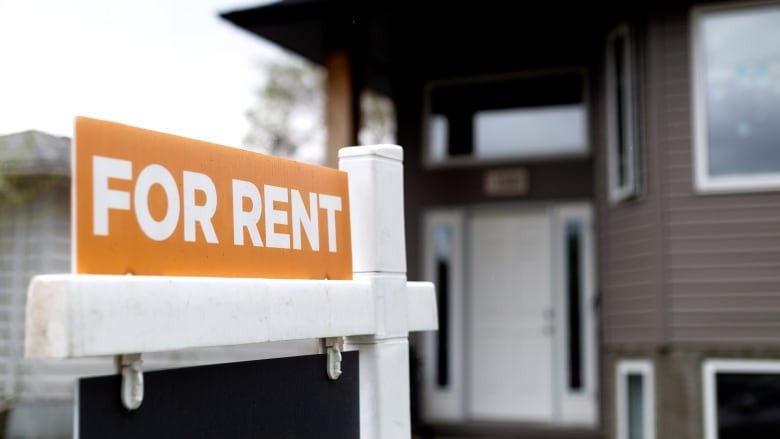Rental demand and supply in Hamilton during pandemic is similar to 2019, report says
Rent growth during 2020 far exceeds the Ontario rent increase guideline of 2.2%

The average rent in Hamilton increased slightly in 2020, and the vacancy rate for rental units was similar to the year before, says a newCanada Mortgage and Housing Corporation report about the state of the country's rental market.
But the rent increase was still higher than the provincial average, and competition remained fierce for the most affordable units.
The rental market report released Thursday shows that the vacancy rate ofHamilton rental units was 3.5 per cent in 2020, down slightly from 3.9 per cent in 2019.
"However, the change in the vacancy rate was not statistically significant since it was within the survey's margin of error," the report said. "Both rental demand and supply were steady."
The 2020 vacancy rate was similar to Hamilton's 10-year historical average, the report said.

The average rent increase for Hamilton units surveyed in both 2019 and 2020 was 5.4 per cent. The provincial average is 2.2 per cent.
More tenants stayed in their units in 2020, the report says, "primarily because fewer of them transitioned into home ownership."
"More of them also stayed put due to fiscal stimulus measures targeted at individuals whose incomes were adversely affected by the COVID-19 pandemic and a moratorium on evictions for a significant portion of 2020.
"A number of factors led to weaker inflows of new renters, such as lower international migration, fewer student renters and weaker employment conditions," it says.
Below-average vacancy rates for the least expensive units
Vacancy rates in all rent ranges below $1,000 continued to be well below Hamilton's overall average, ranging from 0.8 - 2.2 per cent.
The supply of units renting for less than $1,000 shrank in 2020 as strong rent growth pushed some apartments into higher rent categories.
However, the report says demand for these less expensive units likely increased due to a lack of income growth.
"In particular, employment wages were adversely affected by the COVID-19 pandemic," it says.
"Therefore, a smaller percentage of renters living in these units had the financial means to upgrade to a more expensive apartment.
"Low turnover in this rent category likely had a trickle-down effect on turnover rates for social housing units. Renters that were capable of moving along the rental continuum from social housing to lower rental market housing were unable to find a vacant unit. This placed upward pressure on the number of people on social housing wait lists."
Strong rent growth occurred despite only a small percentage of units turning over to a new tenant, one of the few circumstances when rent increases can exceed the Ontario Guideline.
St. Catharines-Niagara
In the St. Catharines-Niagaracensus metropolitan area, the vacancy rate held steady at 2.7 per cent in 2020, below the 10-year average of 2.9 per cent.
Changes in the demand and supply of purpose-built rental accommodations this year were too small to influence rental market conditions.
The report says the demand for purpose-built rental apartments in St. Catharines, as measured by the number of occupied units, remained virtually unchanged in 2020.
However, the rental market saw less demand from young renters.
"Over the previous few years, the CMA had seen increased migration, which drove the rate of population growth to its highest level over the last two decades and spurred greater rental demand," it said.
"In 2019, non-permanent residents aged 15 to 24, most of whom were international students and tended to rent while in Canada, made up close to 40 per cent of total migration to St. Catharines."

Widespread measures taken to contain the spread of the COVID-19 virus in 2020, including border closures and shifting post-secondary education online, resulted in many international students leaving, the report said.
"Furthermore, these measures led to business closures and employment losses. Young people were disproportionately impacted by these events. Many were employed in the retail, hospitality and food industries, sectors that were the hardest hit by the pandemic."












_(720p).jpg)


 OFFICIAL HD MUSIC VIDEO.jpg)
.jpg)



























































































